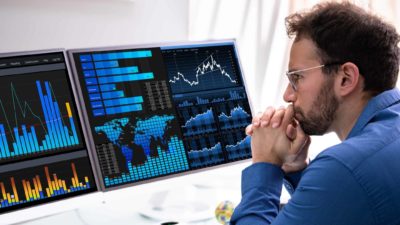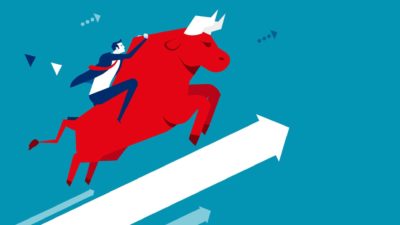Over the years, Warren Buffett has suggested that investors that don't have time to do investment research should just invest in a fund that tracks the S&P 500 Index.
It is a stock market index that is home to 500 of the largest publicly traded companies in the United States. It is considered to be one of the most important benchmarks for the overall health of the U.S. stock market and its economy.
Unlike the extremely popular Nasdaq index, which is predominantly tech-focused, the S&P 500 Index gives investors exposure to a wide range of sectors including technology, healthcare, finance, and consumer goods.
This arguably makes it the best place to invest for the ultra long term because while the Betashares Nasdaq 100 ETF (ASX: NDQ) is home to many of the highest quality companies in the world, the S&P 500 Index includes them and more.
This means that if the technology sector goes through a poor period, which would cause the Nasdaq to underperform, there are other sides of the market included in the index to pick up the slack. It is for this reason that some days you will see the Nasdaq index drop but the S&P 500 Index rise.
But has it been a good idea for Aussie investors to put their money into an ASX S&P 500 Index Fund over the past five years or should they have stuck to the ASX 200 index? Let's have a look at how one popular ASX ETF that tracks the index has performed.
Was it a good idea to invest in the ASX S&P 500 Index Fund five years ago?
Five years ago, I could have bought the iShares S&P 500 ETF (ASX: IVV) for $30.70 per unit.
This means that if I had $5,000 (and a further $4.10) to invest, I would have ended up owning 163 units.
On Friday, this popular ASX ETF closed the session at $61.01. This means that my 163 units would now have a market value of $9,944.63, which is almost double what I started with.
But wait, there's more!
The iShares S&P 500 ETF pays dividends every quarter. Over the past five years, the fund has paid out total dividends of $4.971 per unit.
This would have pulled in total dividend income of approximately $810.
If I add this to my capital gains, I have a total return of $5,750.53 from my original investment. This is a return in the region of 115%, which is well ahead of what the ASX 200 index has achieved over the same period.









